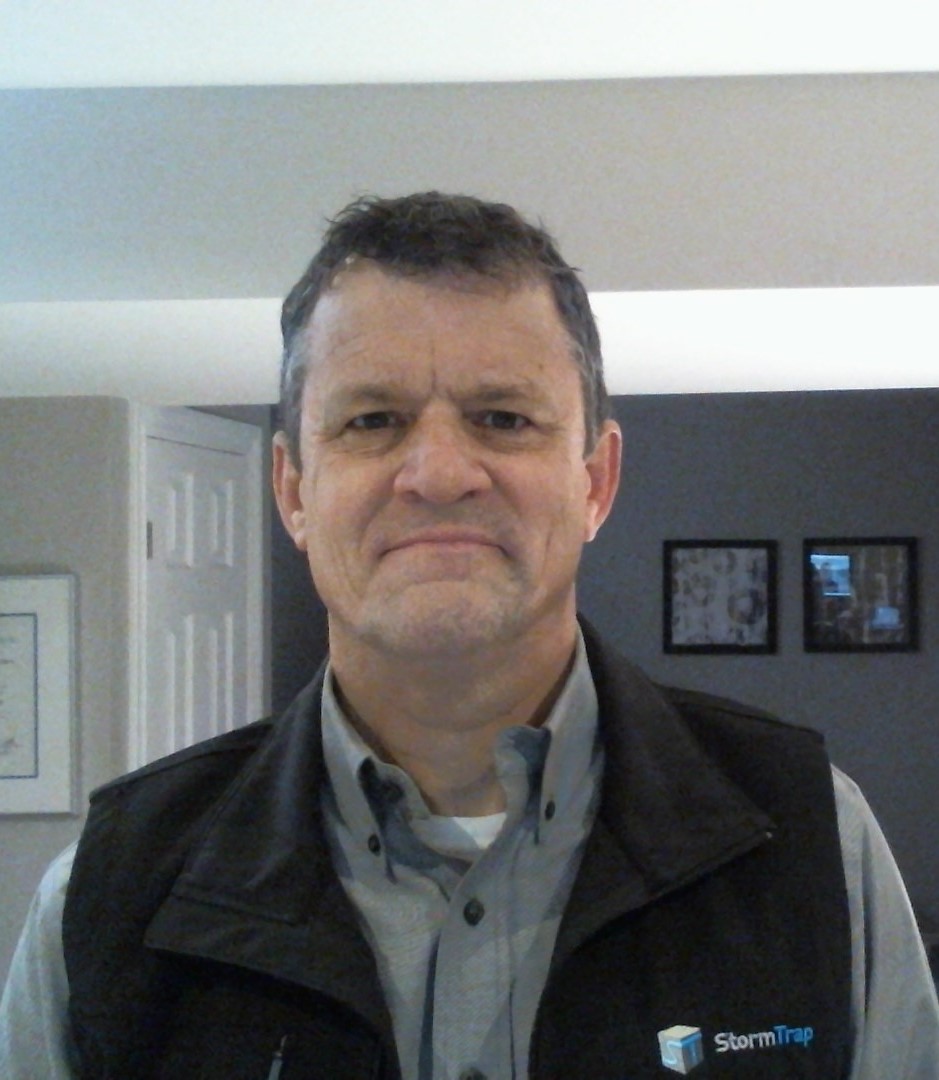Oral
Stormwater (UWRRC)
Validating a Computational Fluid Dynamics Model of Hydrodynamic Separator Performance
Wednesday, May 21, 2025
1:45 PM - 2:00 PM Alaska Daylight Time (AKDT)
Room: Room 9 & 10

Gregory Richard Williams
Director of Water Quality Technology
StormTrap LLC, Illinois, United States
Robert J. Moran
Sr. Mechanical Engineer
StormTrap, New Jersey, United States
Author(s)
Co-Author (not attending)(s)
Abstract Submission: Fortunately for stormwater managers, many manufacturers of hydrodynamic separators (HDS) have generated independently verified laboratory performance data for their systems. Unfortunately, for practical reasons, this data is almost all for one configuration: inlet and outlet pipes at 180 degrees. Site constraints often require installation of a different configuration than the verified system. Commonly, the effect of pipe orientation is considered negligible. As a result, the actual installed performance is not really known.
The goal of this study was to develop and validate a model of removal performance that would predict the change, if any, in the performance of a system as the inlet to outlet pipe angle is changed. This will allow stormwater managers to more accurate predictions of installed performance, based on verified data.
For this study an HDS was tested at seven different flow rates, from 10% to 150% of the design flow, in a standard 180 degree inlet-outlet configuration. The HDS was then changed to a 90 degree inlet-outlet configuration and tested at 2 more flows. All results were verified by a third party and are publicly available. A CFD model was built and validated using the data obtained.
The primary modeling challenge was creating a reasonable simulation of the internal components, which are too physically complex to model. This paper describes the steps in the model development and outlines how the challenge of super complex geometry was overcome. The modeled sediment removal was within 5% of the experimental results for all but the lowest flow rate.
Learning Objectives/Expected Outcome (Optional) : -How to find and interpret publicly available verified HDS performance data
-Methods for validating a CFD model for gravity-based sediment removal performance
The goal of this study was to develop and validate a model of removal performance that would predict the change, if any, in the performance of a system as the inlet to outlet pipe angle is changed. This will allow stormwater managers to more accurate predictions of installed performance, based on verified data.
For this study an HDS was tested at seven different flow rates, from 10% to 150% of the design flow, in a standard 180 degree inlet-outlet configuration. The HDS was then changed to a 90 degree inlet-outlet configuration and tested at 2 more flows. All results were verified by a third party and are publicly available. A CFD model was built and validated using the data obtained.
The primary modeling challenge was creating a reasonable simulation of the internal components, which are too physically complex to model. This paper describes the steps in the model development and outlines how the challenge of super complex geometry was overcome. The modeled sediment removal was within 5% of the experimental results for all but the lowest flow rate.
Learning Objectives/Expected Outcome (Optional) : -How to find and interpret publicly available verified HDS performance data
-Methods for validating a CFD model for gravity-based sediment removal performance

